This site is part of various affiliate programs. Links may give us a small compensation for any purchases you make, at no additional cost to you. Please read the disclaimer policy for full details.
If you don’t have the time to read the article, then when comparing the Contax T2 vs Yashica T4, the Contax T2 is the superior camera with better autofocus, manual control, titanium body, and better looks, but it costs twice as much as the Yashica T4.
Even in the film days, there was a wide plethora of point-and-shoot cameras. Some simpler, like the disposable ones, others a bit more complex. Yashica had a deal with Carl Zeiss to use Carl Zeiss lenses in their camera. Soon after that, Yashica and Zeiss created the C/Y mount, also known as Contax/Yashica mount.
A couple of years later, Kyocera acquired Yashica, and with that, it acquired both the Contax and Yashica brands. Kyocera later decided that Contax would be the more premium brand, while Yashica would be the more affordable one.
So, the T2 and the T4 are directly competing with each other but at different price points, even though both were intended for professional use.
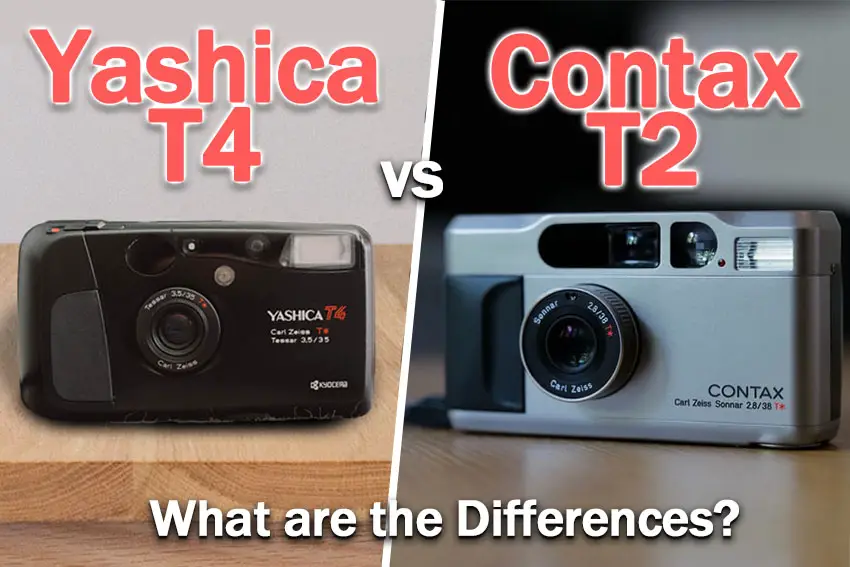
Contax T2 Overview
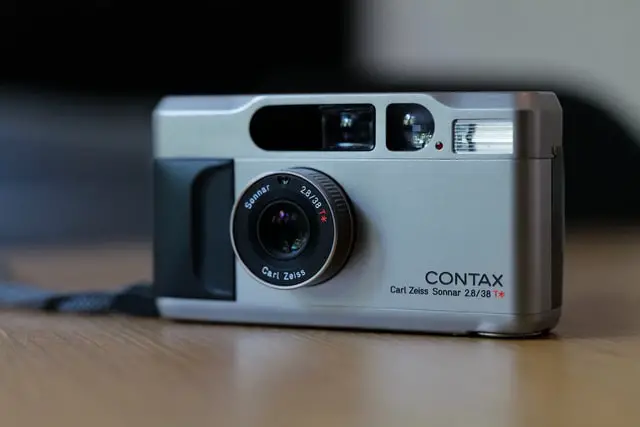
Features
- Film: 35mm, DX ISO 25-5000, Non-DX Default ISO 100
- Lens: Carl Zeiss T* Sonnar 38mm f/2.8
- Aperture Range: f/2.8 – f/16
- Shutter Speed: 8s – 1/500s
- Exposure Compensation: +/-2 EV in ½ EV Steps
- Size: 119x66x33mm
- Weight: 296g
Back in 1990s, Kyocera was fighting for market share, and used Contax as the brand to push to higher rankings and sales. The T2 was released in 1990 as part of that effort.
Being the Contax brand, it was considered luxury, and it carried a price tag to match. It had great Carl Zeiss T* Sonnar lens (Sonnar means brighter and better than the Tessar, but darker than the Planar), which is not a small feat. Carl Zeiss glass is always top-notch, with as few compromises as possible.
The Contax T2 is quite a durable little camera in a titanium casing. Not only does it look cool due to the titanium finish, but it is also quite tough. The titanium is not just for show, and for a metal camera, it is quite lightweight and pocketable.
Bear in mind the Contax T2 is no perfect camera, which means that there are some quirks here and there. For example, the f/2.8 aperture can’t be used in aperture priority and is available in auto mode only. Also, the brighter f/2.8 aperture reduces the shutter speed down to 1/200. This is due to the leaf shutter.
- Pros:
- Great retro design with titanium build.
- Incredibly sharp photos due to the Carl Zeiss lens.
- Features both aperture priority and fully automatic modes.
- Good and large viewfinder.
- Titanium build makes the camera very durable.
- Cons:
- f/2.8 can’t be used in aperture priority, and it reduces the maximum shutter speed to 1/200
- It can have inconsistent (or confusing) shutter speed readouts in the viewfinder.
Contax T2 Photos
Below are a handful of example photos taken with the Contax T2.
Yashica T4 Overview
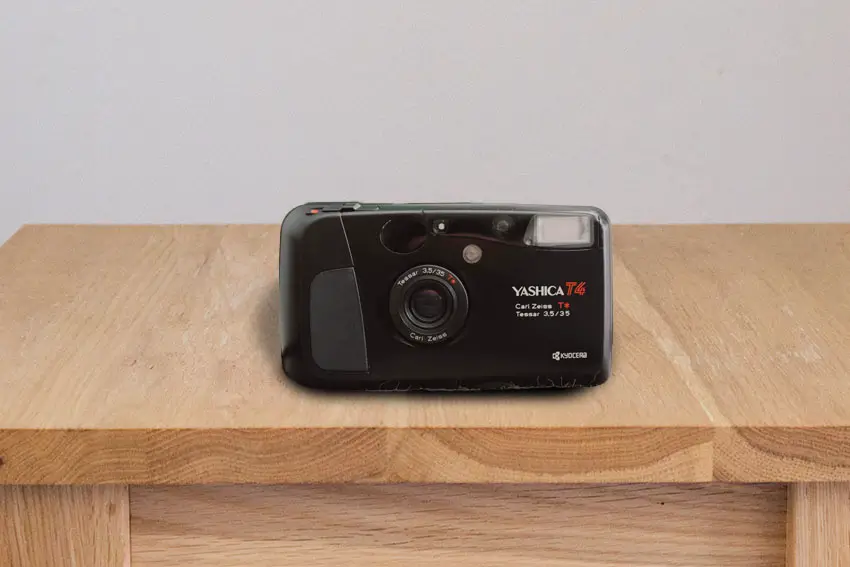
Features
- Film: 35mm, DX ISO 50-3200, Non-DX or outside of the 50-3200 defaults to ISO 100
- Lens: Carl Zeiss T* Tessar 35mm f/3.5
- Aperture Range: f/3.5 – f/16
- Shutter Speed: 1s – 1/700s
- Exposure Compensation: None.
- Size: 118×64.5×39.5mm
- Weight: 190g
The Yashica T4 is more or less the budget-friendly Contax T2, and it sacrifices some of the functionality and design that Contax has for a lower price point.
You’ll find a Carl Zeiss T* Tessar 35mm f/3.5 lens, meaning that it is a tad darker and a bit simpler design, but it is still a great and sharp lens. You don’t have manual control over the aperture, however.
Being plastic made, and looking like a toy, gives you the opportunity to be more inconspicuous. Due to the autofocus and fully automatic modes, the Yashica T4 is an excellent choice for street photographers that do not have infinite budgets.
Kyocera designed this camera to be completely automatic, requiring as little user input as possible. This is a pro and a con for some people.
- Pros:
- Not too expensive.
- Nice Carl Zeiss T* lens.
- Lightweight.
- Doesn’t attract attention.
- Cons:
- Effectively no manual control.
- The design leaves a lot to be desired.
- Plastic body can be prone to damage.
- No manual focus.
Yashica T4 Photos
Here are some example photos taken with the Yashica T4.
Contax T2 vs Yashica T4 Comparison
Let’s take a look at the side-by-side comparisons for the most important features that these cameras have. Since they belong to the same group of cameras and are from the same manufacturers, we can compare most of the features side by side.
Lens Quality
Because Kyocera uses Carl Zeiss glass, both of these cameras have Carl Zeiss T* lenses. The Contax T2 has a Sonnar 38mm f/2.8 lens, while the Yashica T4 has a Tessar 35mm f/3.5.
Simply put, the Contax has a brighter lens with more lens elements which means the image will be sharper and less prone to defects like a chromatic aberration or flaring.
The Yashica, using a Tessar lens, means that it is a much simpler lens design with less lens elements so that it can show some defects here and there.
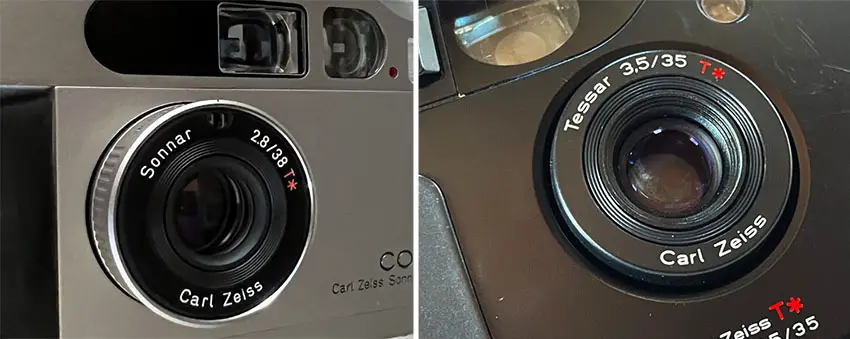
Bear in mind that unless you develop your negatives properly, enlarge them with industry-grade equipment, or digitize them with high-end barrel scanners, the difference in sharpness or chromatic aberration will not be noticeable 99% of the time.
The flaring will be visible regardless of the developing method or scan. However, there are some photographers that like flares, so that is a matter of taste.
The Yashica is 3mm wider than the Contax. If you shoot them side by side, there will be a difference. In reality, a 35mm or a 38mm lens feel pretty much the same.
Bear in mind that the f/2.8 on the Contax isn’t selectable when shooting aperture priority, which is kind of a bummer. When the camera automatically chooses f/2.8, the maximum shutter speed is limited to 1/200th of a second.
This is useful for low light in automatic mode, but if you want to use it in aperture priority for a portrait, you can’t.
Overall, the Contax T2 has a brighter and higher quality lens, but not by much. When the Contax T2 is in aperture priority, the lens is effectively an f/3.5. However, it will still outperform the Yashica T4 in other aspects of the lens quality.
Autofocus and Manual Focus
Both cameras have essentially the same automatic method of focusing. However, the Yashica seems to have more difficulties focusing to infinity unless you set it to infinity manually.
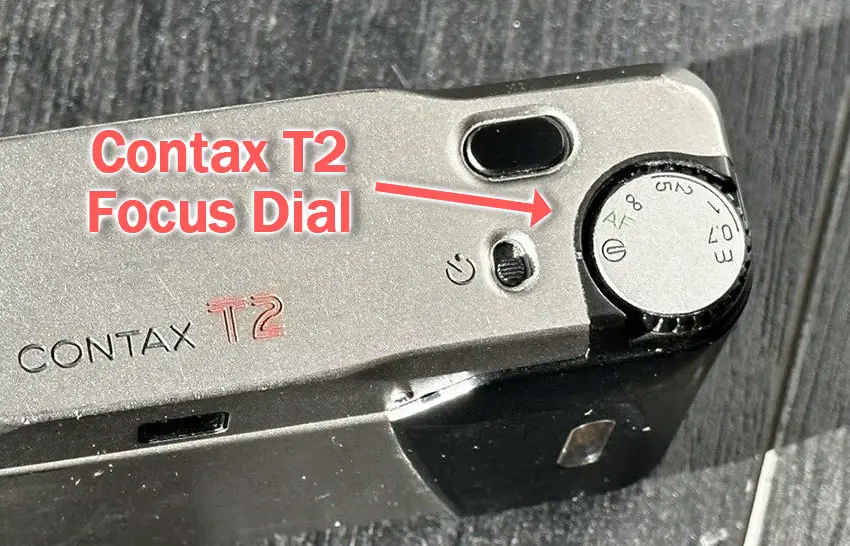
Conversely, the Contax is more accurate and consistent when focusing automatically, even in more challenging conditions.
The Yashica can focus manually just to infinity, while the Contax can focus by distance with the twist of a dial. So a bit weird but manual focus is possible with the Contax.
So, in this case, the Contax T2 wins with a better autofocus system and better manual focusing capabilities.
Shooting Modes and Usability
Both cameras are capable of fully automatic shooting, which means that you can simply point and shoot.
However, the Contax T2 allows you to override most of the automatic settings, while the Yashica T4 doesn’t. Meaning that if you want to change something manually on the Yashica, you’ll be out of luck. You can change the way the flash fires, and that is about it.
The Contax T2 has aperture priority, meaning you can select the aperture yourself or leave it in auto mode. Even though you can’t change the shutter speed directly, you can use up to 2EV +/- Exposure compensation, which manages the shutter speed in aperture priority.
Both cameras allow you to change the flash settings.
On the Yashica, the flash is on by default, and you have to click a weird little button several times to turn it off, while on the T2, it is off by default, and you just have to twist the aperture ring to turn it on. That is way more convenient.
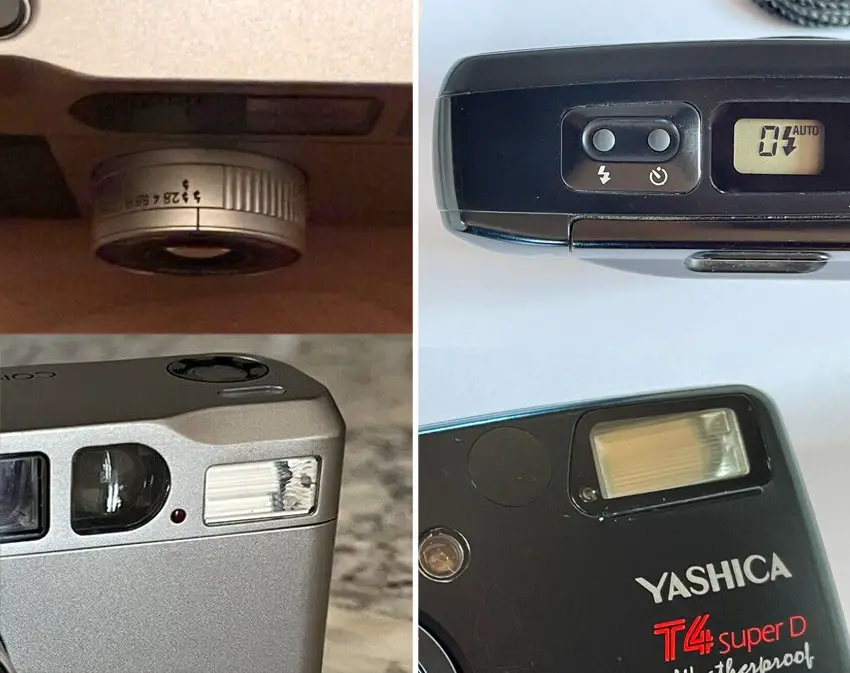
All that said, the Contax T2 wins here since it can do everything that the Yashica T4 can while still retaining some manual controls if the user needs them.
Moreover, the T2 has a better and bigger viewfinder that displays some information via a projected LCD screen. The Yashica has a small viewfinder with blinking LEDs that you’ll have to remember what they mean.
Viewfinder-wise, the Contax wins again, with a better and more advanced viewfinder.
Style and Design
Style and design are mainly subjective. That said, you can objectively see how people react to different design choices.
Usually, exotic materials are considered, well exotic and premium. Black shiny plastic is often considered a bit cheap. The difference between these cameras is that the Contax is made of titanium and is not hidden behind any coatings or rubberized compounds. At the same time, the Yashica is essentially cheap plastic.
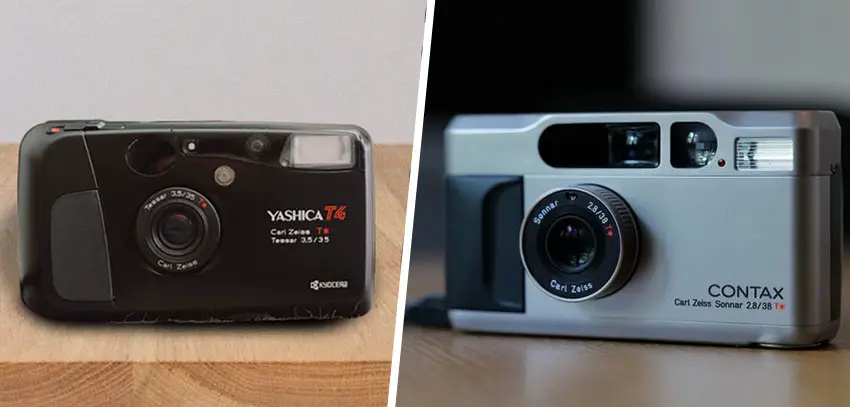
So at first glance, the Contax looks and feels more premium. No wonder influencers and celebrities use it as a fashion statement (and rack the price up in the process). The Yashica, looking like a toy, on the other hand, is not a fashion statement. However, it is stealth, and not so many people will take a second look.
All in all, the Contax looks and feels premium and stylish, thus attracting attention. The Yashica looks cheap and useless, and nobody cares if you point it towards them. So if you are looking for a camera that looks good and matches your fashion outfits, the Contax is the choice. If you want to be inconspicuous, and shoot street photos unnoticed, then the Yashica is the way to go.
Price
If we take into consideration everything we reviewed thus far, it is evident that these cameras will come at very different price points. The price difference between these cameras is quite significant as of the time this article is written.
The Contax T2 in mint condition will set you back around $1000. That is a hefty price tag for a point-and-shoot.
The Yashica T4, however, will set you back around $400-500 for a mint condition one.
In other words, both of these cameras come with a hefty price tag, but they are both quite capable in their own respect.
So, if you want a cheaper, inconspicuous camera that will do the job automatically, then the Yashica T4 is the choice for you. If you want a more premium camera with more manual features that also look cool, the Contax T2 is the choice for you if it fits your budget.
Which is the Better Option Between the Contax T2 and the Yashica T4?
When you put both cameras up against each other and remove the price from the equation, in pretty much every category, the Contax T2 is superior. When you factor the cost into the equation, the Yashica T4 has a fighting chance.
It is obvious that Kyocera placed both cameras in a different category with a different target audience. The Yashica is the budget oriented and sort of handicapped variant of the Contax, and that shows in pretty much every aspect.
That being said, both cameras have a place in the photographer’s bag. Both are capable of nice and sharp photos, and both will get the job done. Once you learn the ins and outs of both cameras, you’ll be able to take great photos with both.
So the decision boils down to whether you are willing to pay more than twice the price for manual controls, titanium body, ⅔ of a stop brighter lens, and a little better autofocus.
If you are unsure whether a point-and-shoot camera is for you, but you want to experiment, you are better off starting with the Yashica T4, and if you like it and feel like you need an upgrade, you can always sell it for nearly the price you bought it, and upgrade to a Contax T2.

Contax T2

Yashica T4
Read More:
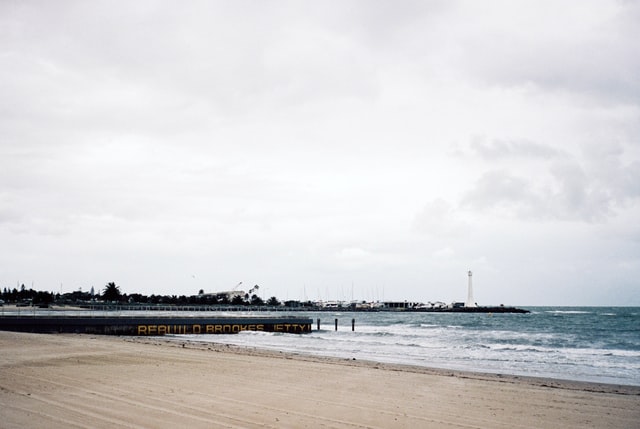

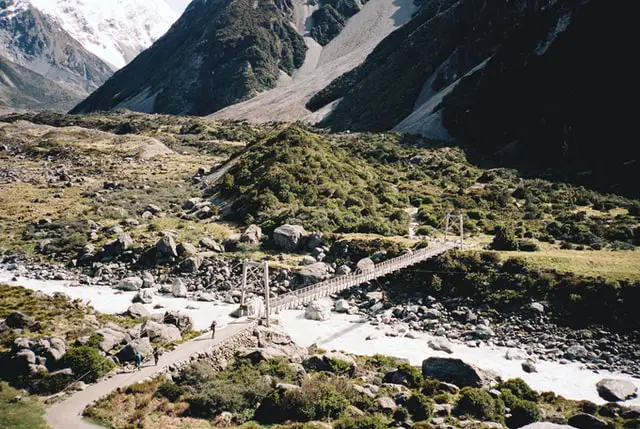
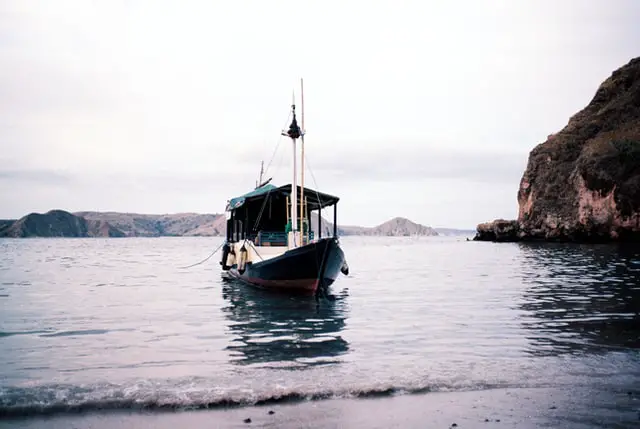
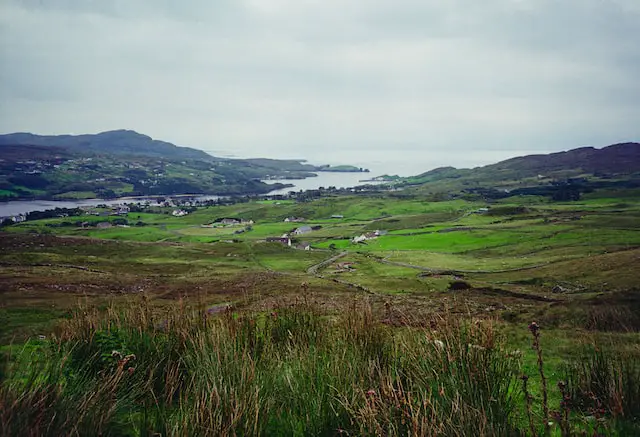

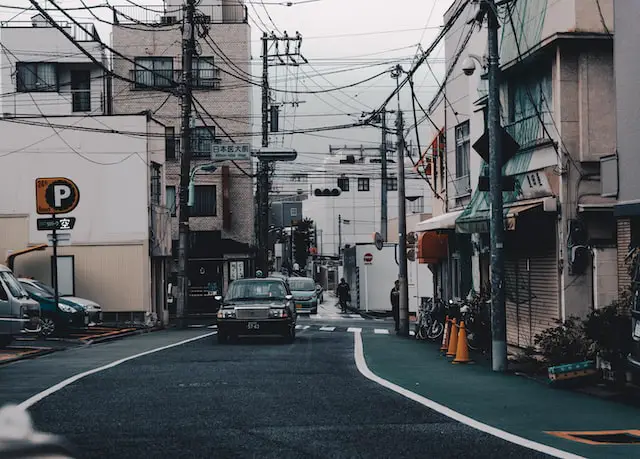


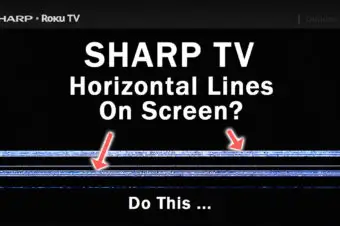
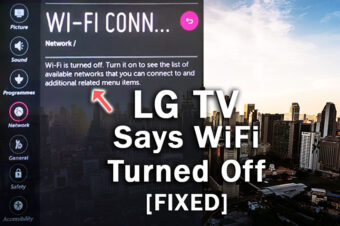

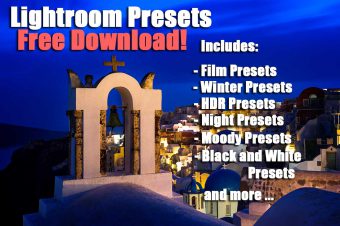
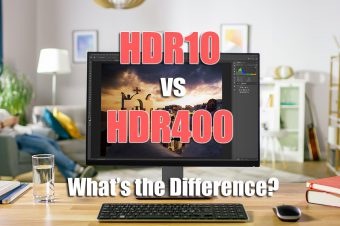
Leave a Reply